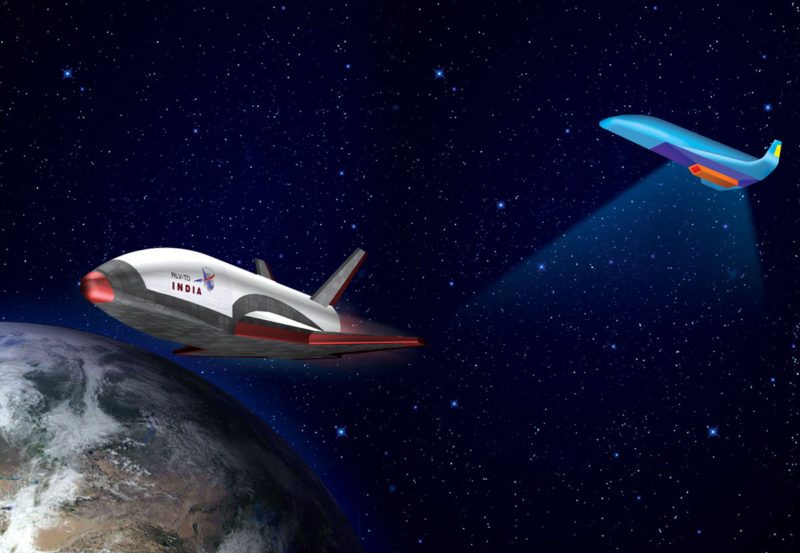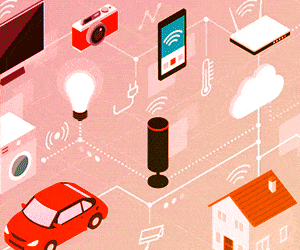While highly popular space agencies in Europe and the USA continue to figure out ways to develop reusable space shuttle technology, India has quietly developed and launched its own prototype today morning.
India has been investing heavily in its low-cost space program, with Prime Minister Narendra Modi saying the country could become a leader in supplying spaceflight technology. In 2014, India became the first Asian country to put a spacecraft in Mars’ orbit, at a cost of $74 million.
Launch of India’s first indigenous space shuttle RLV-TD is the result of the industrious efforts of our scientists. Congrats to them.
— Narendra Modi (@narendramodi) 23 May 2016
India’s reusable launch vehicle has been developed as part of the Technology Demonstration Program (RLV-TD).
 It is a series of technology demonstration missions that have been considered as a first step towards realising a Two Stage To Orbit (TSTO) fully re-usable vehicle.
It is a series of technology demonstration missions that have been considered as a first step towards realising a Two Stage To Orbit (TSTO) fully re-usable vehicle.
A Winged Reusable Launch Vehicle technology Demonstrator (RLV-TD) has been configured to act as a flying test bed to evaluate various technologies, namely, hypersonic flight, autonomous landing, powered cruise flight and hypersonic flight using air-breathing propulsion.
The RLV-TD had been in development for more than 10 years, on a reported budget of just $14 million.
5 phases of experiments for the RLV-TD
These technologies will be developed in phases through a series of experimental flights in the order as listed below.
- Hypersonic flight experiment (HEX)
- Landing experiment (LEX)
- Return flight experiment (REX)
- Scramjet propulsion experiment (SPEX).
- Reusable Launch Vehicle Technology Demonstrator Hypersonic Experiment (RLV-TD HEX1)
The last experiment is where the hypersonic aero-thermo dynamic characterisation of winged re-entry body along with autonomous mission management to land at a specified location and characterisation of hot structures are planned to be demonstrated.









How many objects or satellite are in orbit around the earth ? Who control their path and speed ?
What are chances that if a Shuttle is launch to space gets hit by one of these objects or satellite ?
Hopefully, this link should help answer your question.